What is Picture Rail Molding?
This article will discuss what picture rail molding is and how my clients almost got bamboozled by a contractor for tens of thousands of dollars. Old houses have neat details if you know what you are looking at, but lack of knowledge can be an expensive lesson. Here’s the scoop…
When I schedule a home inspection with a client, I like to take a few minutes and discuss their needs/wants/concerns about the house. This helps me get a better understanding of things from their point of view, and gives me a heads-up to anything they may be worried about.
A few months ago, I had a client that was buying a house in The Highlands in Louisville, near Cherokee Triangle and they were concerned about the “crown molding that had pulled away from the ceiling.”
“We’ve already had a foundation contractor look at the situation and they told us that the house would need $12,000 in foundation repair work to stabilize the movement.”
Hmmm…
Any molding (or moulding…the spelling is dependent on where you call home) that is pulling away from the wall or ceiling is typically either an indication that the house is moving, or that it was poorly installed. It could be a situation where the floor has sagged and the wall followed, or perhaps the foundation has settled from poor water management. There are a lot of variables with this stuff.
But not everything or everyone is what they seem to be.
I told my folks that we would figure it out on inspection day, but to be sure and bring the foundation guy’s paperwork with them so we could read it over together.
Picture Rail Molding and Forgotten Details
Do you remember ashtrays on airplanes? Or even more recently, smoking sections in restaurants? Time marches on, and things that were common practice 100 years ago, baffle people today, especially if they never understood the old ways.
Here in Louisville, KY, we have a large number of “old houses.” In fact, Old Louisville has one of the country’s largest concentrations of Victorian homes. Old homes have a unique set of problems for their owners. Much like the plumbing systems in old homes, it’s important that you understand the special nature of what you have so that you do not get taken advantage of.
From Wikipedia:
Old Louisville is a historic district and neighborhood in central Louisville, Kentucky, United States. It is the third-largest such district in the United States, and the largest preservation district featuring almost entirely Victorian architecture.[2][3] It is also unique in that a majority of its structures are made of brick, and the neighborhood contains the highest concentration of residential homes with stained glass windows in the U.S.[3] Many of the buildings are in the Victorian-era styles of Romanesque, Queen Anne, Italianate, among others; and many blocks have had few or no buildings razed. There are also several 20th-century buildings from 15 to 20 stories.
Old Louisville consists of about 48 city blocks and is located north of the University of Louisville‘s main campus and south of Broadway and Downtown Louisville, in the central portion of the modern city.[4][5] The neighborhood hosts the renowned St. James Court Art Show on the first weekend in October.
In order to be a great home inspector in Louisville, KY you’d better have a good working knowledge of old homes and the details that were used when they were constructed. The truth is, it’s a lot to know and understand, and many home inspectors and contractors don’t have that working knowledge.
Picture Rail Molding and Plaster Walls
When I arrived at my inspection at the aforementioned home, the buyers met me there. Everyone was nervous about the evaluation the “foundation contractor” had already done, and my folks seemed to be mentally prepared for the worst.
As I walked through the empty house, I saw the “crown molding” that my clients and their “foundation contractor” thought to be the sign of a larger problem.
“Hey Ben, come in this room and you’ll see the separation of the crown molding I was talking about,” my buyer said.
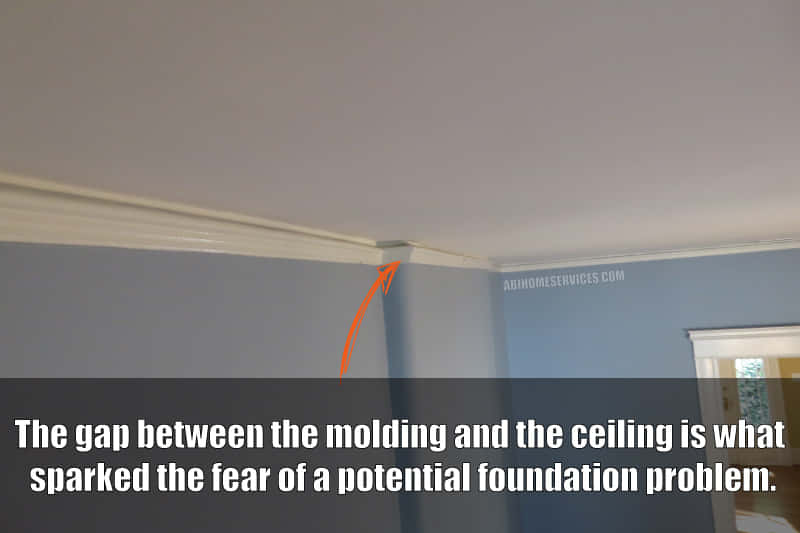
“See. There is a huge gap between the ceiling and crown molding,” he said.
“Ah, yes, I see it. But that’s not crown molding.” I said.
A puzzled look came over my client’s face.
“What do you mean it’s not crown molding?” asked their Realtor.
“That is what we call picture rail molding, or sometimes just picture molding,” I said.
“Huh? What is picture rail molding? I’ve never heard of it,” everyone replied.
“Well, before we used drywall in construction, the walls of a home were built out of plaster and lath. Thin strips of wood were nailed horizontally and the plaster mixture was hand troweled into the spaces between the strips” I told them. Picture rail molding was used as a way to hang artwork, without damaging the plaster walls.
“Picture molding and crown molding are two different things.”

The recipe mixtures contained lime, sand, water, and horsehair. The horsehair acted similar to the fibers that we add to modern concrete to help improve tensile strength. Plaster and concrete are great at compression strength, but typically fail quickly when you try to pull them apart.
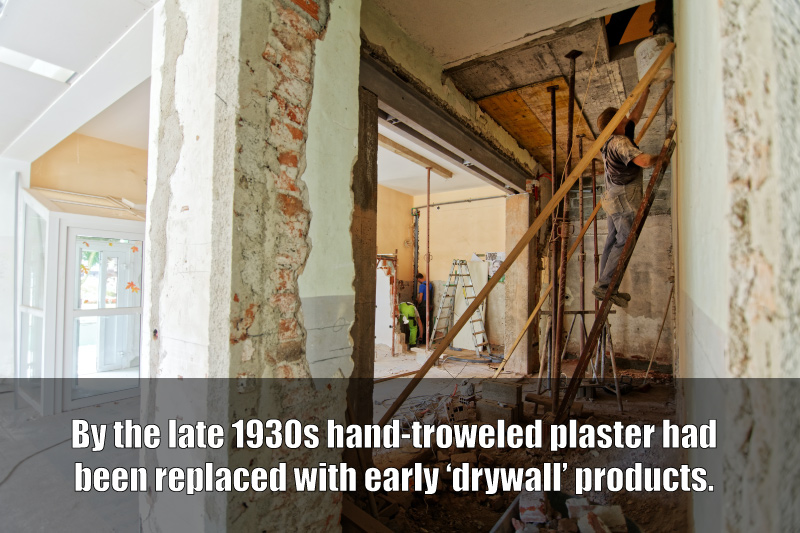
Driving a nail into a plaster wall is kinda like driving a nail in concrete: it’s not easy. And the majority of the time it causes the plaster to crack and fall apart. This didn’t bode well for folks who wanted to hang pictures.
So, being the smart people they were, builders of this time period started to install this decorative molding that was used around the top of the rooms. The profile shape for the trim leaves a small void close to the wall that allows a metal hook to hang along the top, similar to a French Cleat. You can buy all kinds of picture rail molding hooks on Amazon.
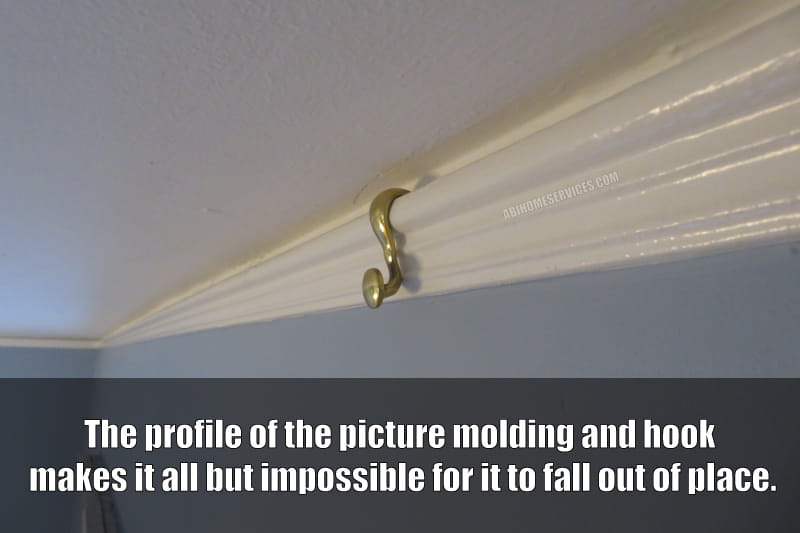
All you need to do is tie your picture frame with rope or cable at the desired wall height and your metal hook for the picture molding will slide along the rail. This makes it oh so easy to decorate your walls without ever putting a hole in them. And when your significant other tells you that your picture isn’t centered, just slide to the left a smidge, because you can!
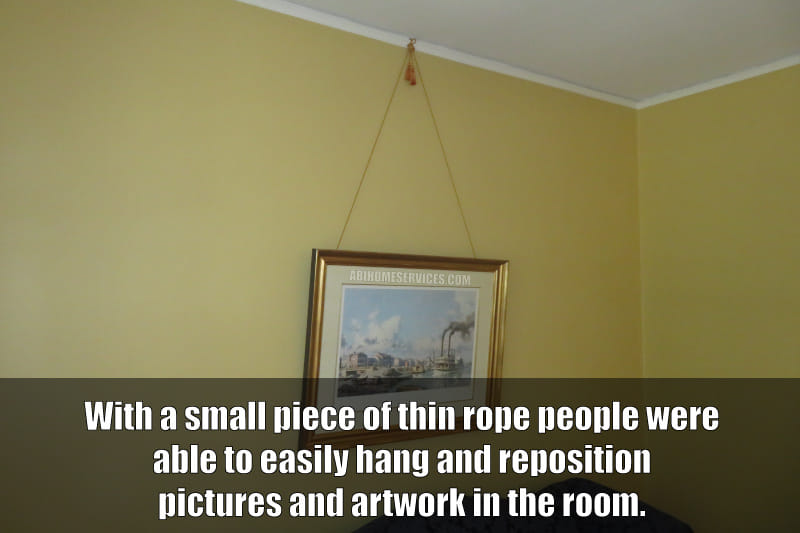
One of the most famous homes in the world is full of picture rail moldings. On my recent trip to The Biltmore Estates in Ashville, NC, most of the rooms used picture rail molding.
Have you been there? Did you notice all of the artwork hanging from cables around the “crown molding?”

What About the Foundation Guy?
In this case, the contractor was flat-out wrong, and after my inspection was done I called the guy to discuss what I had found.
He was very nice on the phone, and he sounded confused when I told him that the trim in the home was picture molding and not crown molding that had separated from the ceiling.
“Picture rail molding!?! What the hell is that?” he asked.
He seemed to be honest and thanked me for the lesson.
Was he just looking to bolt after being called out on a bad evaluation? Possibly. He did seem genuinely confused though.
The important part is that neither my client nor the sellers had to pay thousands of dollars for absolutely no reason. Everyone makes mistakes, and it seems the guy had just misdiagnosed an issue from a lack of knowledge.
There’s a lesson here for all of us though. When it comes to expensive repair work on your home, it’s always a good idea to have an unbiased and knowledgeable third party take a look at things. Consider finding a great home inspector, or a general contractor who doesn’t have a dog in the fight.
A cheap walkthrough inspection that costs a few hundred bucks might save you tens of thousands in wasted cash.
Note: A lot of home inspectors will not do these types of evaluations, as they do not want to get involved or be held liable if they misdiagnose an issue. You may have to call several inspectors in your area before finding the right person.


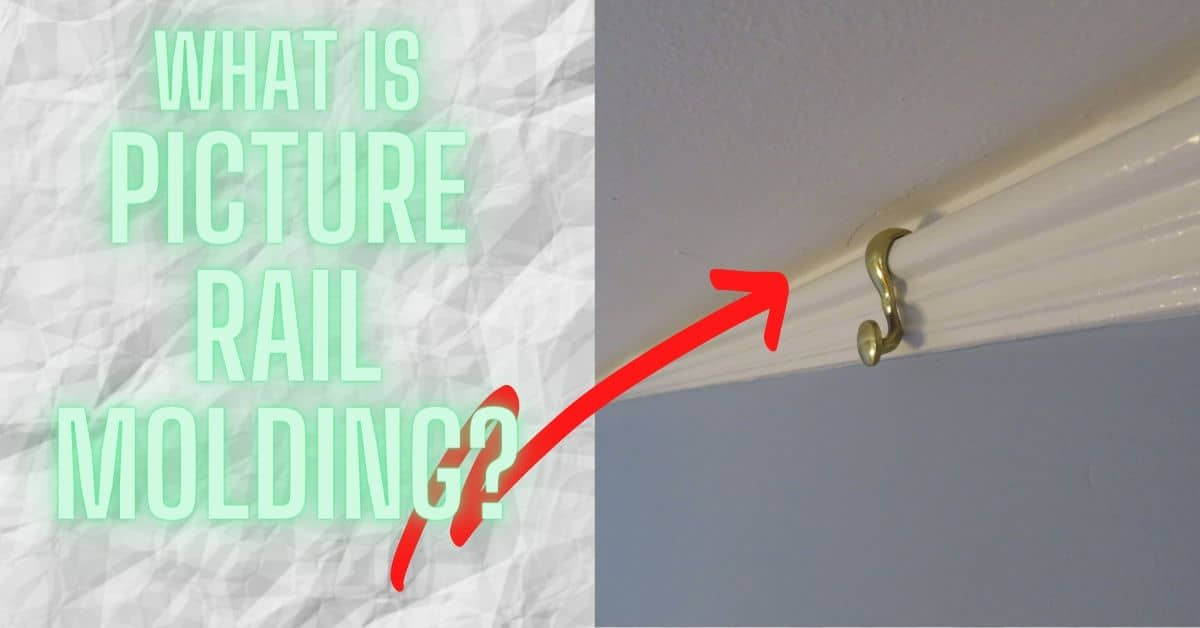


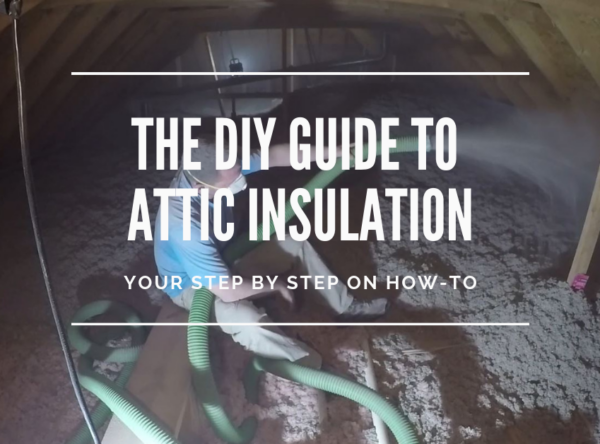

Ben Hendricks
Hi, I’m Ben, and I inspect houses. I grew up with a hammer in my hand, and have been a professional home inspector for 15 years. My blog is here for info about home inspections around the Louisville, Kentucky area, and just about anything construction-related.